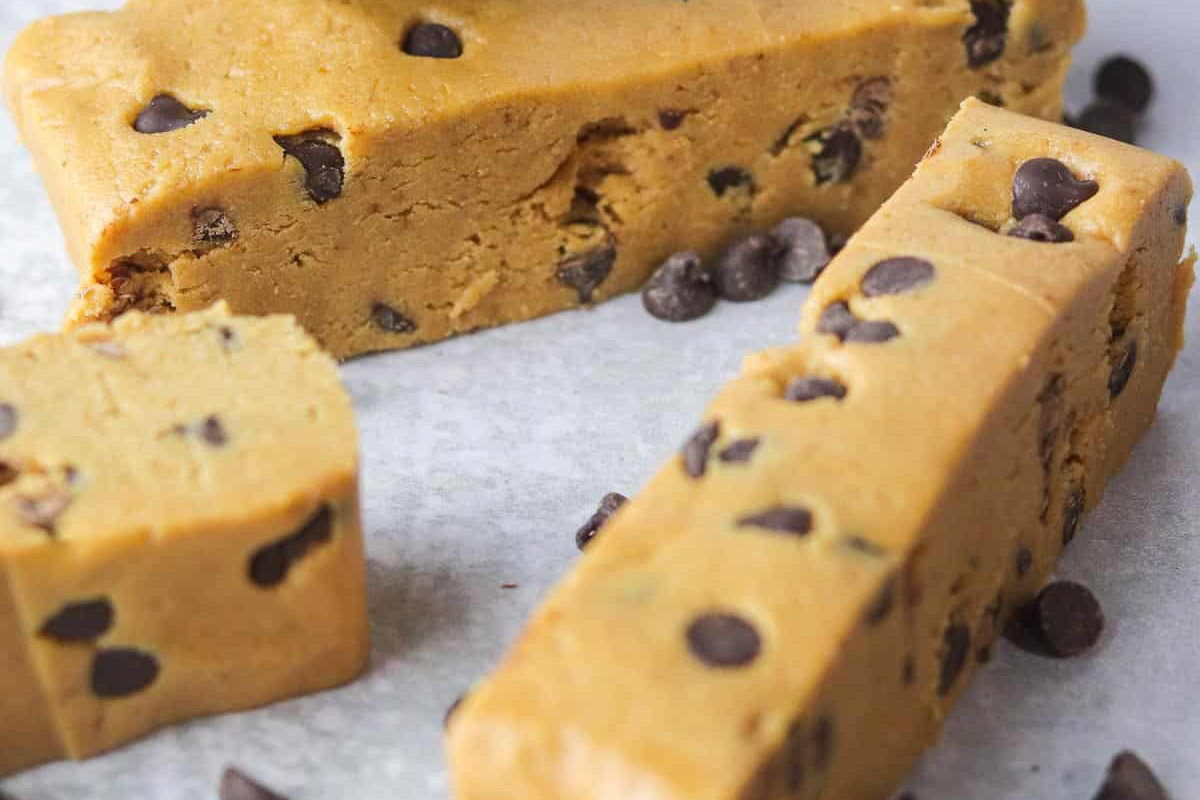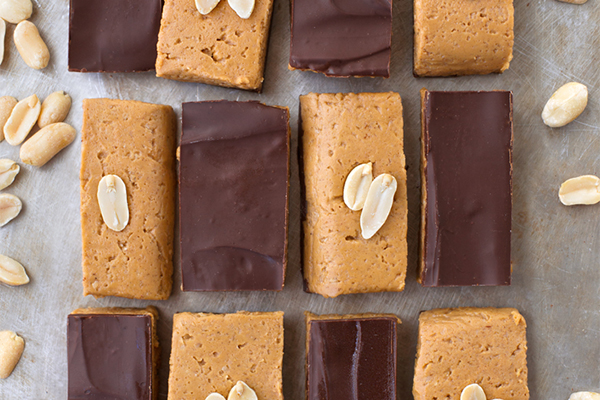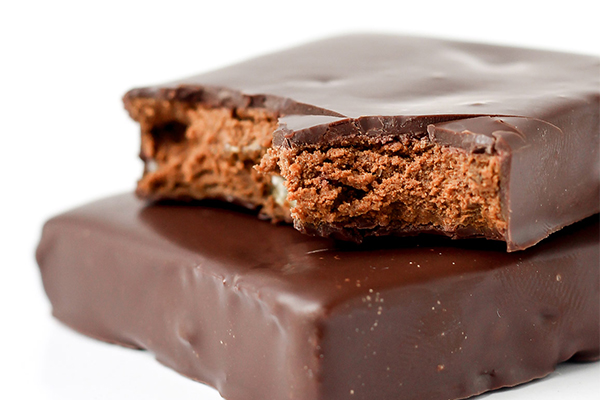Nutrition bars are bar foods that supplement nutrition. They are popular because they are convenient to carry and eat, and are rich in nutrients. Both cereal bars and protein bars are nutritional bars. So what is the difference between the two?
| type | cereal bar | protein bar |
|---|---|---|
| Core objective | To provide energy (mainly carbohydrates) as a quick energy supplement, meal replacement, or snack. | o provide protein for supporting muscle repair and growth, increasing satiety, and serving as a source of protein supplementation. |
| Target audience | People who need convenient breakfast, energy supplements with meals between two meals, quick energy supply before, during, and after exercise (especially endurance exercise), outdoor activities, or hunger relief in a hurry. | fitness enthusiasts (especially strength trainers), people who need to increase protein intake (such as vegetarians and the elderly), people who pursue high satiety snacks to control weight, and people who need to quickly supplement protein to promote recovery after exercise. |
1. Cereal bars
Cereal bar is a snack food made of oat, rice and other grains as the main raw materials, adding nuts, dried fruit, fruit juice and other accessories, and sticking it into a bar with viscosity syrup. Moderate consumption can supplement a variety of nutrients and energy. Get more dietary fiber.
*Foundation: Grains are the absolute protagonists. Common ones include oatmeal, puffed rice/wheat/corn, brown rice flakes, quinoa cereal, whole wheat flour, etc.
*Adhesive/Sweetener: Syrup (rice syrup, corn syrup, glucose syrup, etc.), honey, maple syrup, sugar, fructose syrup, etc. (usually with high content).
*Other additives: dried fruits (raisins, dried cranberries, etc.), nuts/seeds (peanuts, almonds, chia seeds, etc.), chocolate chips, coconut chips, spices, vegetable oils, etc.
*Protein source: usually low in content and non core, may come from small amounts of nuts, seeds, milk powder, or added small amounts of protein powder (such as soy protein isolate).
Protein bars use whey protein or soy protein as raw materials, and are mainly nutritional bars that supplement protein for the human body. They have the characteristics of high protein content and can provide protein for high-intensity exercisers to help repair body tissues and provide muscle synthesis. Necessary raw materials, some amino acids generated by protein hydrolysis can also delay the occurrence of central fatigue.
Foundation: Protein powder/concentrate/isolate is the core. Common ones include whey protein (concentrated, isolated, hydrolyzed), casein, soy protein, pea protein, brown rice protein, hemp protein, or their mixtures.
*Binder/sweetener: syrup and honey are also used to cover the taste and shape of protein powder, but in recent years, more and more products use low calorie sweeteners (erythritol, siraitin, stevia, etc.) or natural sweeteners (jujube syrup) to reduce sugar content. It is also possible to use fats (peanut butter, coconut oil).
*Other additives: nuts, seeds, dried fruits, chocolate coating/chunks, grain fragments (such as puffed rice grains), fiber (inulin, resistant dextrin, etc.), vitamin and mineral fortifiers.
*Carbohydrate sources: usually low in content, sources may include small amounts of oats, added sugars/syrups/sweeteners, dried fruits, etc.
Comparison of core nutritional components:
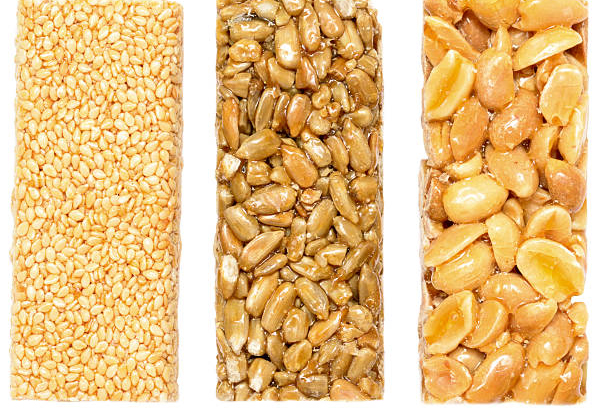
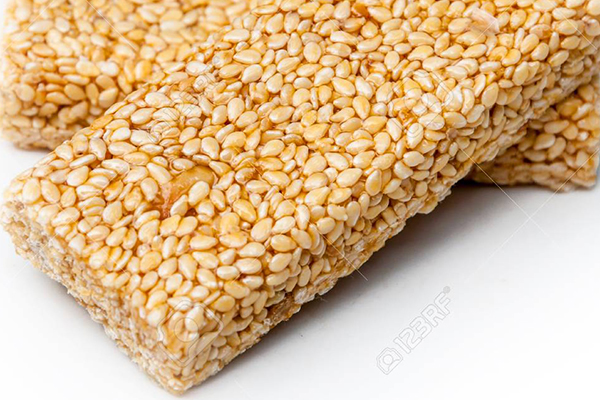
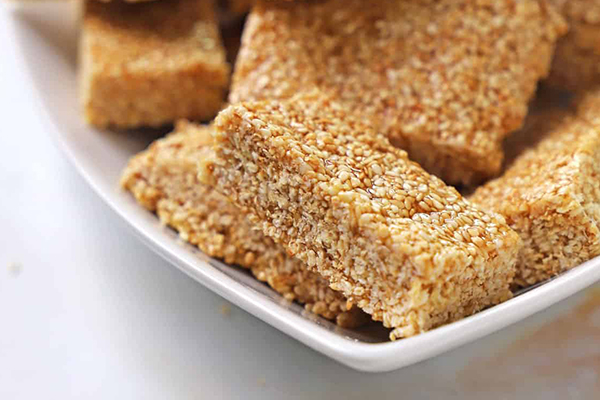
| Feature | Cereal bar | Protein bar |
| protein | Relatively low (usually 2-10 grams per root) | Core selling point, high content (usually 15-30+grams/root) |
| carbohydrate | Core ingredient, high content, usually 20-40+grams/root, mainly composed of sugar and starch | The content is usually low (possibly 15-25 grams per root), but caution should be taken against the high sugar trap under the "high protein" label |
| sugar content | Usually high (may contain a lot of added sugar) | Some are very low (using sugar substitutes), some are very high (sweetened with syrup/honey) |
| fiber | The content is uncertain, with relatively high amounts of whole grains and nut seeds | The content is uncertain, and some may intentionally add fibers |
| Heat | Usually moderate to high (150-300+calories/root) | Usually moderately high (150-300+calories/root), high protein may be accompanied by high calories |
| Fat | The content is uncertain, depending on the nuts/seeds/oils added | The content is uncertain, depending on the nut sauce/oil/chocolate added |
Applicable scenarios:
Cereal bars:
*Breakfast replacement/supplement: a hurried morning.
*Before/during exercise: endurance exercises that require rapid energy replenishment (such as long-distance running, cycling).
*Between meals: When feeling hungry and needing quick energy replenishment.
*Light physical activity with meals: such as hiking and outings.
*As a snack to satisfy cravings.
Protein bar:
*Recovery after Exercise: The Best Scene! Supplement protein within 30-60 minutes after strength training or long-term aerobic exercise.
*High protein meal: When there is a need for high satiety, appetite control, or protein supplementation between meals.
*Partial meal replacement: Occasionally substitute a meal (pay attention to overall nutritional balance).
*Satisfy sweet cravings while supplementing protein: choose relatively low sugar products.
Summary:
The main difference between the two is the difference in raw materials and nutritional supplements, and the applicable scenarios are also different. Cereal bars are more suitable for temporary energy supplementation and snacking; protein bars are more suitable for sports and fitness people.
1. Want to quickly replenish energy? Choose a cereal bar (pay attention to those with more whole grains and relatively low sugar content).
2. Want to supplement protein, promote muscle recovery or increase satiety? Choose a protein bar (focus on the protein content and source, and be wary of the sugar content!).
Post time: Mar-21-2022
